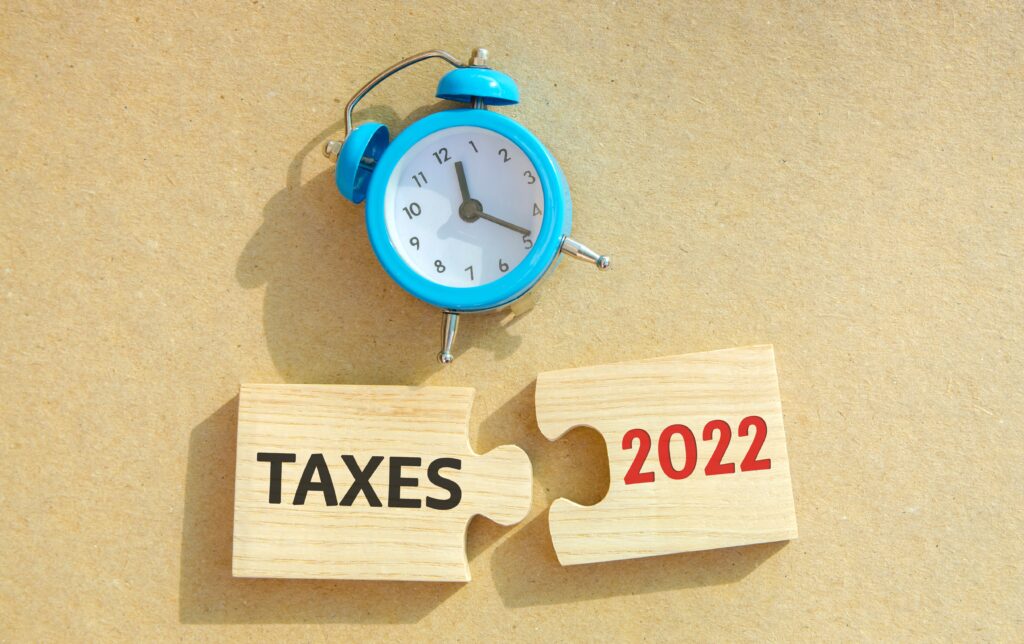If you’re in business, you can hardly have failed to notice that a new tax year began earlier in April — the 6th, to be precise. Depending on your business, this might involve a good deal of work, but among resetting all your systems, have you ever wondered why the tax year starts on such a random date?
It all goes back to 1752.
A Tale of Two Calendars
Until 1752, the UK used the old Julian Calendar, which had been invented by Julius Caesar in 46BC. Well, it was invented at his command, at least. In fact, there’s a theory that idea may actually have come from Cleopatra, whose capital city of Alexandria was also the ancient world’s capital of learning — including astronomy.
The Julian Calendar replaced the old, highly inaccurate Roman calendar with months of varying lengths and a leap-year cycle to compensate for the fact that the year is actually around 365¼ days. The year began in March, not in January — which is why our names for the ninth to twelfth months of the year actually mean the seventh to tenth months.
However, astronomy in the 1st century BC still wasn’t good enough to get the year quite right. By the 16th century, Europe had learnt more sophisticated astronomy from the Islamic world, which had inherited classical learning and run with it. This showed that the leap year cycle didn’t quite work, and the calendar was several days out.
This led Pope Gregory XIII to emulate Caesar and have a modified calendar designed. The biggest change was that three leap years were left out of every 400 years. It also fixed January as the start of the year.
1752 and All That
Being a Protestant country that wasn’t going to take orders from the Pope, it took Britain a couple of centuries to catch up with most of Western Europe. In 1752, though, the UK government took the plunge and changed to Gregorian. New Year’s Day had been 25th March — which may seem odd, but it was the recognised start of spring and one of the four Quarter Days on which rents, taxes and other debts were due.
This changed to the now-familiar 1st January, meaning that 1752 was only about nine months long — and that wouldn’t do for the taxman, who continued to use the old New Year.
The inaccuracies in the Julian Calendar, though, meant that it had by now drifted eleven days out of sync with the solar cycle. So the government cancelled eleven days from 1752, causing riots by people who were convinced they’d been robbed of eleven years of their lives. And yes, I could totally imagine that happening today.
However, the tax year had to be exactly a year, so the next one started on 5th April 1753. An extra day’s adjustment was made in 1800, which would have been a leap year under the old calendar but not the new, bringing the date to 6th April. Technically, the same should have happened in 1900 (though not in 2000), but everyone seems to have forgotten about the issue by then — so 6th April it’s remained ever since.

